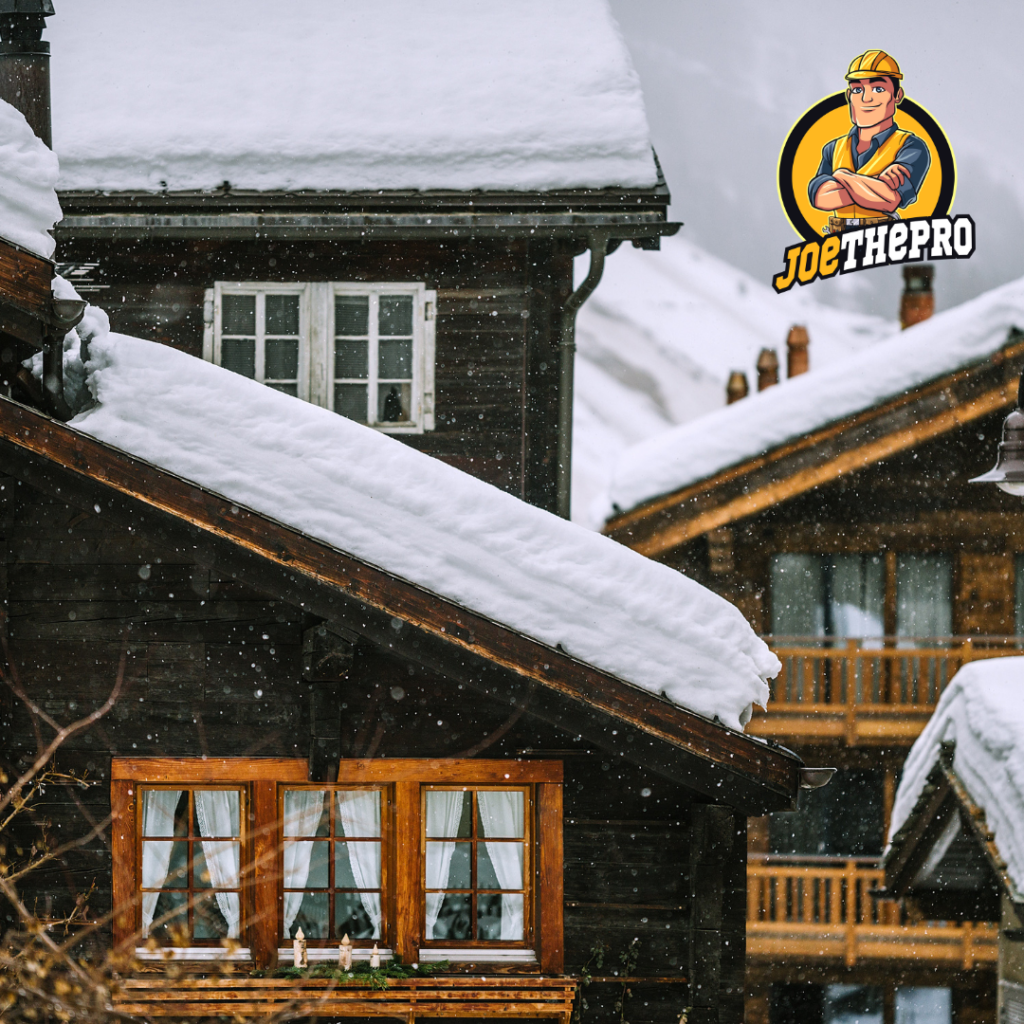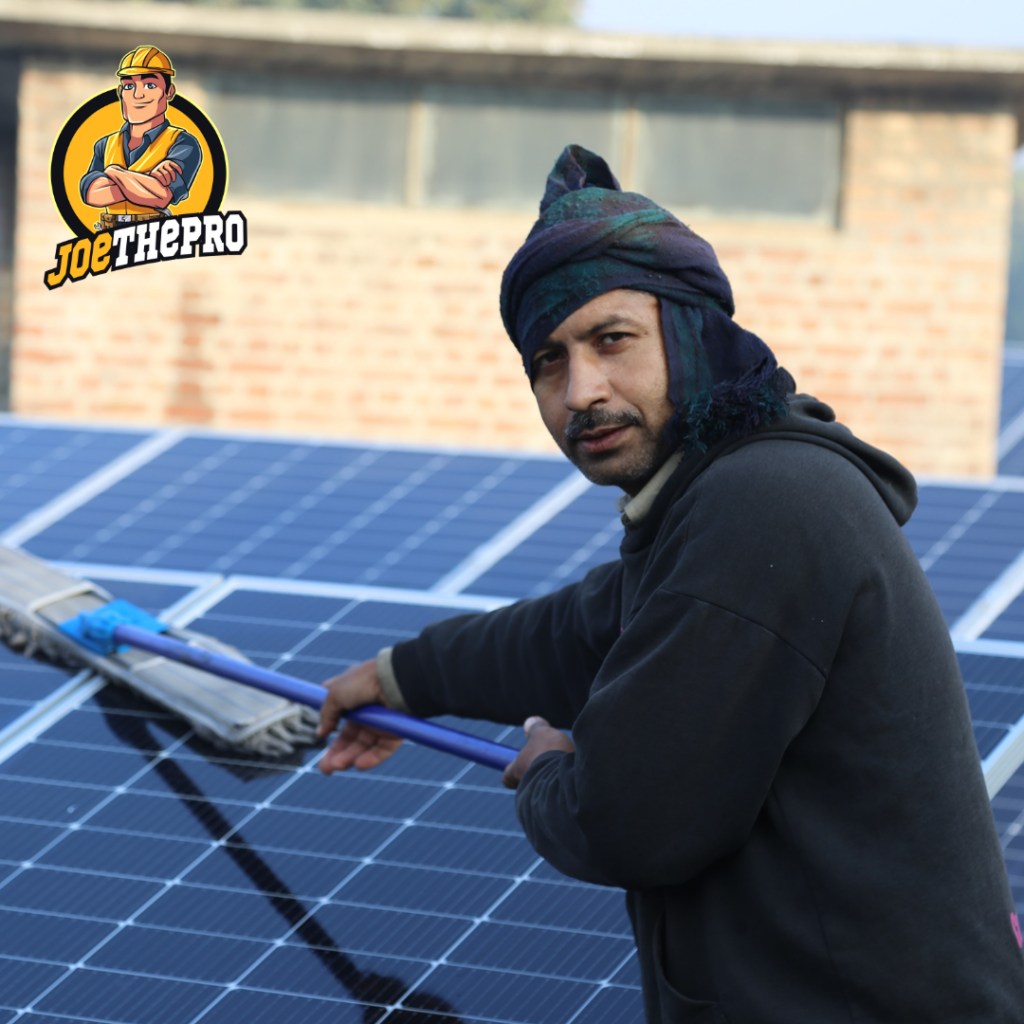
Many people assume that solar energy is only useful in the summer months and become discouraged when they hear that their solar panels might be less efficient during winter. However, this doesn’t have to be the case! With simple tips and tricks, you can maximize your solar panel efficiency even during the coldest months and still reap the benefits of going solar. Let’s look at how you can get the most out of your solar panels in winter.
Preparing Your Solar Panels For Winter
Solar panels may have earned a rightful title as a power backup for homes and businesses and a clean way to save up on those electric bills; however, questions remain about their ability to weather the winter season. Due to short days and inclement weather, many people will be tapping into other available power sources, which can supplement what the solar system provides. Juicing up backup generators or battery storage systems to store energy generated by their solar panels for access during bad weather conditions. The truth is, there is more you can do as a homeowner to maximize your solar energy, and we will break it down for you;
1. Choose The Right Angle
The angle of your solar panels makes a difference when maximizing their performance year-round. Still, it is imperative during winter when days are shorter, and sun exposure is limited. You’ll want to point your panels slightly lower than usual during winter since the sun will be lower in the sky than during summertime. It will allow them to capture more direct sunlight and increase their efficiency. By angling your solar panels correctly towards the sun, you can ensure they absorb more direct sunlight, even on gloomy days. Ultimately, the optimal angle depends on where you live – check with a local installer if needed.
2. Keep It Clean

Snow and rain may contribute to your beautiful winter wonderland, but they can also drag down your solar panel efficiency by blocking sunlight from reaching the panels. Regularly clean off any debris, snow, or ice from your panels so that they can absorb as much sunlight as possible throughout the day. Use a soft brush for stubborn spots or brooms to sweep away any snow or debris accumulated on top of your panels. Ensure to avoid any harsh chemicals or abrasives when cleaning – these could damage the panels. It’s also essential to check for any damage to your panels, such as broken glass, loose wires, or other issues that could impact their performance.
3. Get The Extra Insulation
Adding extra insulation around your roof helps keep heat inside during cold weather. It can improve the efficiency of rooftop-mounted solar panels since warm air rises and helps transfer heat from one area to another more efficiently than cold air does. This extra insulation will help keep warm air circulating the roof and prevent it from escaping into cooler areas of your home or attic space.
Final Word
Going solar doesn’t mean saying goodbye to reliable energy sources in the winter! With a bit of preparation and smart strategies like choosing an optimal angle and considering alternative power sources like battery storage systems or backup generators, you can maximize efficiency from your solar system all year round—even in those cold winter months. When done right, going green can save you money while keeping your home powered up no matter what weather mother nature throws you.
